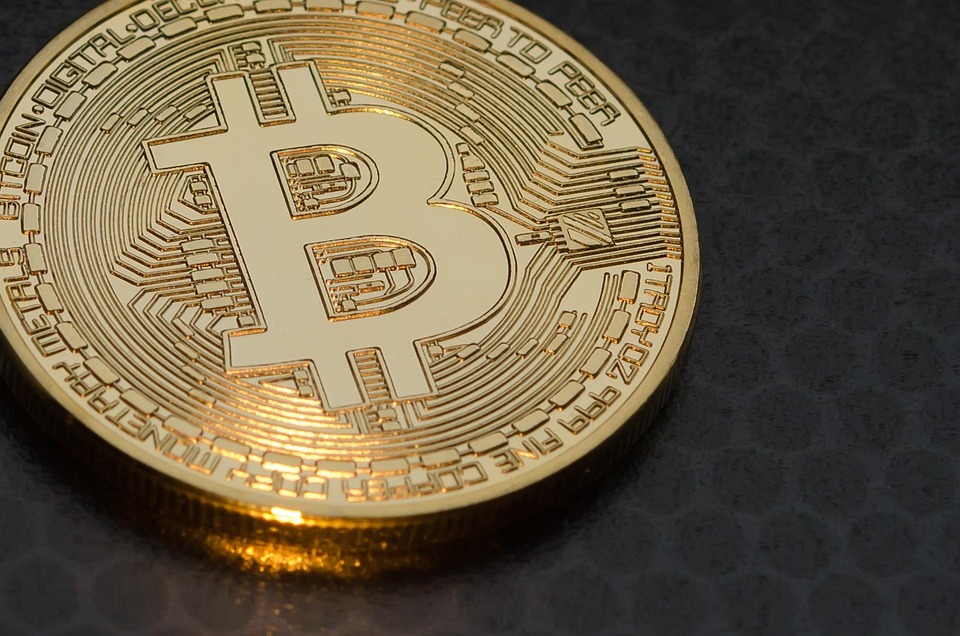Improving Blockchain Speed: New Technologies Aim to Make Crypto Transactions Faster
The rise of cryptocurrencies and blockchain technology has brought about a new landscape of digital transactions, but with it comes a crucial challenge: speed. As the blockchain community continues to grow and evolve, there is a pressing need to improve the speed of transactions, making them more accessible and user-friendly for a wider audience.
Currently, the speed of blockchain transactions is a major hurdle for widespread adoption. The average transaction time on most blockchains is anywhere from a few minutes to an hour or more. This slow pace can be frustrating for users, particularly in scenarios where timely transactions are essential, such as in online shopping or fiat-to-crypto exchanges.
However, a new wave of innovative technologies is revolutionizing the speed of blockchain transactions, making them faster, more efficient, and more reliable. These advancements are generating excitement and optimism among industry experts, who predict a significant shift in the future of blockchain technology.
What’s driving the quest for faster blockchain transactions?
There are several factors contributing to the push for faster blockchain transactions:
- Increased user demand: With more users entering the space, there is a growing need for transactions to be processed quickly, efficiently, and reliably.
- E-commerce and online transactions: The rise of e-commerce and online transactions requires faster processing times to ensure seamless user experiences.
- regulators’ growing interest: Governments and regulatory bodies are becoming increasingly interested in blockchain technology, driving the need for faster and more secure transactions.
New technologies making a difference
Several innovative technologies are being developed to improve blockchain speed, including:
- Sharding: Sharding splits the blockchain into smaller, more manageable sections, enabling faster transaction processing and increased scalability.
- Off-chain transactions: Off-chain transactions, also known as "sidechains," allow for faster processing and settlement of transactions outside the main blockchain, reducing congestion and increasing speed.
- Layer 2 solutions: Layer 2 solutions, such as Optimism and Polygon, use scaling techniques like optimistic rollups and zk-Rollups to accelerate blockchain transactions.
- Parallel processing: Parallel processing enables multiple transactions to be processed simultaneously, boosting speed and efficiency.
- Commercial blockchain platforms: Commercial blockchain platforms, such as Hyperledger Fabric and Corda, are designed to optimize transaction speed and security for enterprise use cases.
The future of blockchain speed
As new technologies emerge and existing ones continue to evolve, the speed and efficiency of blockchain transactions are expected to improve significantly. The future of blockchain speed will likely be characterized by:
- Increased scalability: Blockchains will need to scale to handle a large number of transactions, requiring innovative solutions to optimize processing speed.
- Improved user experience: Faster transaction times will lead to a more seamless user experience, increasing adoption and encouraging broader mainstream use.
- Enhanced security: Faster transactions will also require enhanced security measures to prevent fraudulent activities and ensure the integrity of the blockchain.
Conclusion
The quest for faster blockchain transactions is driving innovation and progress in the industry. As new technologies emerge, the speed and efficiency of blockchain transactions will continue to improve, making them more accessible and user-friendly for a wider audience. As the blockchain community continues to evolve, it’s clear that the future of speed is bright, with faster, more efficient, and more reliable transactions on the horizon.

